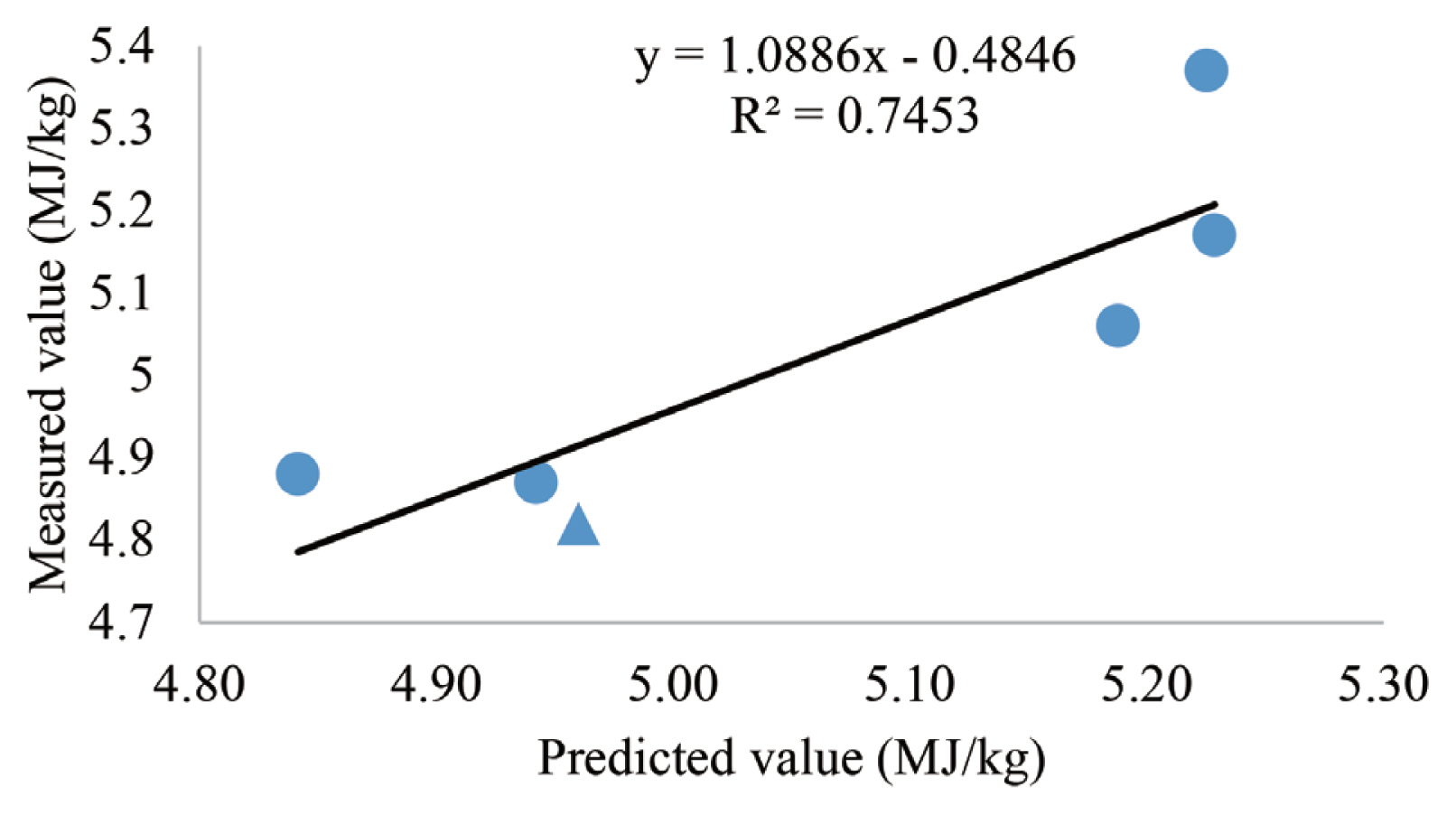3. Wu SB, Swick RA, Noblet J, Rodgers N, Cadogan D, Choct M. Net energy prediction and energy efficiency of feed for broiler chickens. Poult Sci 2019; 98:1222–34.
https://doi.org/10.3382/ps/pey442


4. Karunaratne ND, Abbott DA, Hucl PJ, Chibbar RN, Pozniak CJ, Classen HL. Starch digestibility and apparent metabolizable energy of western Canadian wheat market classes in broiler chickens. Poult Sci 2018; 97:2818–28.
https://doi.org/10.3382/ps/pey115


7. Barzegar S, Wu SB, Noblet J, Swick RA. Metabolizable energy of corn, soybean meal and wheat for laying hens. Poult Sci 2019; 98:5876–82.
https://doi.org/10.3382/ps/pez333


9. Van Milgen J, Noblet J, Dubois S, Bernier JF. Dynamic aspects of oxygen consumption and carbon dioxide production in swine. Br J Nutr 1997; 78:397–410.
https://doi.org/10.1079/bjn19970159


10. Liu W, Liu GH, Liao RB, et al. Apparent metabolizable and net energy values of corn and soybean meal for broiler breeding cocks. Poult Sci 2017; 96:135–43.
https://doi.org/10.3382/ps/pew195


12. Wang Y. Nutritional evaluation of cottonseed products fed to broilers and the efficacy of galactosidase supplemented into the broiler diets. master’s thesis. Beijing, China: China Agricultural University; 2017.
14. Bourdillon A, Carré B, Conan L, et al. European reference method of in vivo determination of metabolisable energy in poultry: reproducibility, effect of age, comparison with predicted values. Br Poult Sci 1990; 31:567–76.
https://doi.org/10.1080/00071669008417288


15. Hill FW, Anderson DL. Comparison of metabolizable energy and productive energy determinations with growing chicks. J Nutr 1958; 64:587–603.
https://doi.org/10.1093/jn/64.4.587


17. Barzegar S, Wu SB, Noblet J, Choct M, Swick RA. Energy efficiency and net energy prediction of feed in laying hens. Poult Sci 2019; 98:5746–58.
https://doi.org/10.3382/ps/pez362


18. SPSS software version 250. Chicago, IL, USA: SPSS, Inc; 2017.
19. Kiarie E, Romero LF, Ravindran V. Growth performance, nutrient utilization, and digesta characteristics in broiler chickens fed corn or wheat diets without or with supplemental xylanase. Poult Sci 2014; 93:1186–96.
https://doi.org/10.3382/ps.2013-03715


21. Pourazadi Z, Salari S, Tabandeh MR, Abdollahi MR. Effect of particle size of insoluble fibre on growth performance, apparent ileal digestibility and caecal microbial population in broiler chickens fed barley-containing diets. Br Poult Sci 2020; 61:734–45.
https://doi.org/10.1080/00071668.2020.1799329


25. Liu SY, Sydenham CJ, Selle PH. Feed access to, and inclusions of fishmeal and corn starch in, sorghum-based broiler diets influence growth performance and nutrient utilisation as assessed by the Box-Behnken response surface design. Anim Feed Sci Technol 2016; 220:46–56.
https://doi.org/10.1016/j.anifeedsci.2016.07.011

27. Nourmohammadi R, Khosravinia H, Afzali N. Effects of feed form and xylanase supplementation on metabolizable energy partitioning in broiler chicken fed wheat-based diets. J Anim Physiol Anim Nutr (Berl) 2018; 102:1593–600.
https://doi.org/10.1111/jpn.12980


28. Khadem A, Lourenço M, Delezie E, et al. Does release of encapsulated nutrients have an important role in the efficacy of xylanase in broilers? Poult Sci 2016; 95:1066–76.
https://doi.org/10.3382/ps/pew002


31. Olukosi OA, Bedford MR. Comparative effects of wheat varieties and xylanase supplementation on growth performance, nutrient utilization, net energy, and whole-body energy and nutrient partitioning in broilers at different ages. Poult Sci 2019; 98:2179–88.
https://doi.org/10.3382/ps/pey582


33. CVB Feed Table 2021 [Internet]. Chemical composition and nutritional values of feedstuffs. 2021. [cited 2021 Mar]. Available from:
http://www.cvbdiervoeding.nl
34. Cerrate S, Ekmay R, England JA, Coon C. Predicting nutrient digestibility and energy value for broilers. Poult Sci 2019; 98:3994–4007.
https://doi.org/10.3382/ps/pez142













 PDF Links
PDF Links PubReader
PubReader ePub Link
ePub Link Full text via DOI
Full text via DOI Full text via PMC
Full text via PMC Download Citation
Download Citation Print
Print




